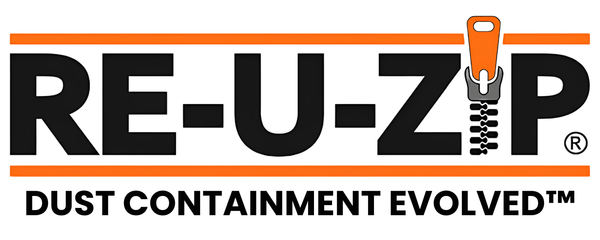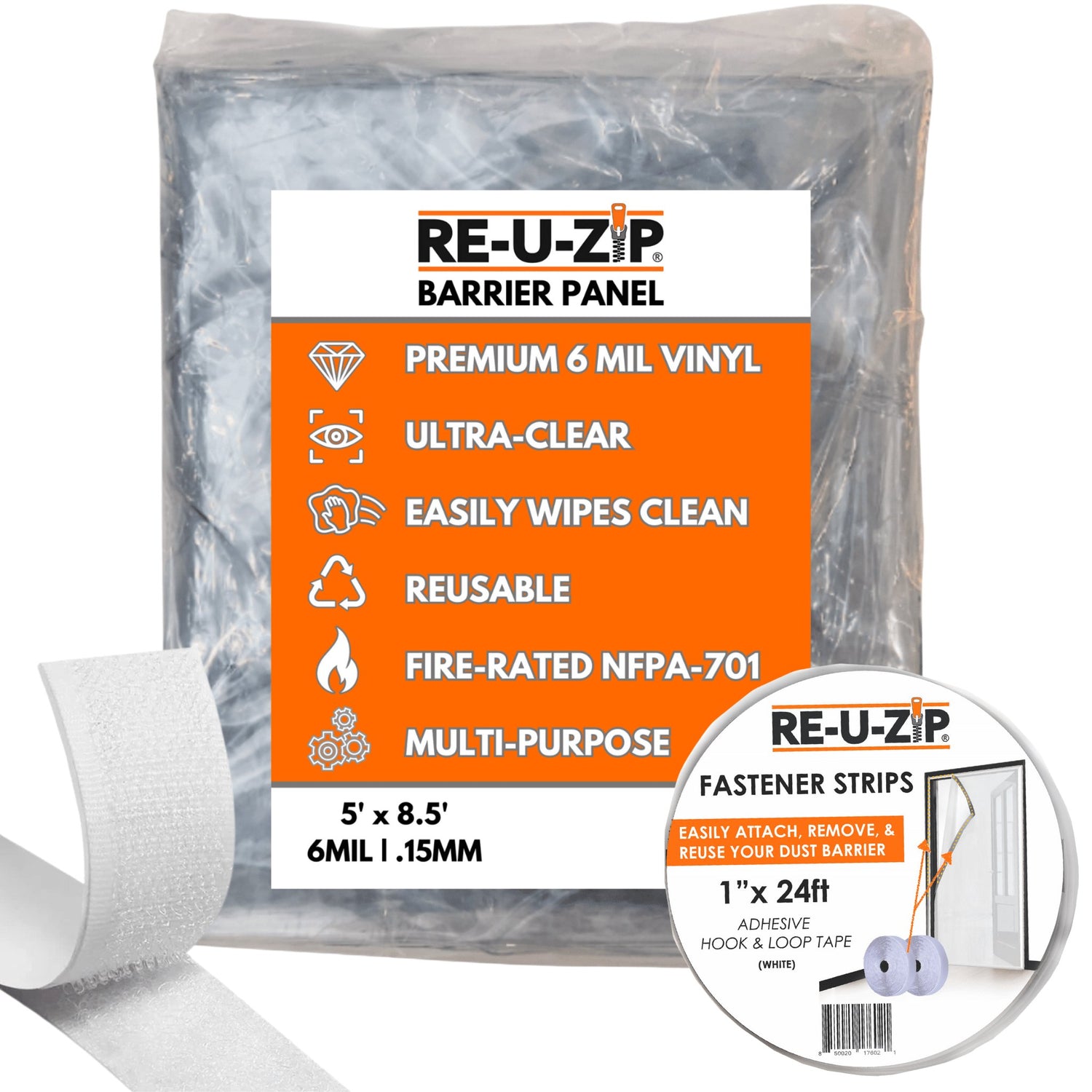
Mastering Hospital Construction Hygiene
Share
In the ever-evolving world of hospital construction, particularly during phased wing retrofits near critical-care beds, maintaining ICU-level cleanliness is of paramount importance. This isn't just about following standard protocols; it's about crafting an environment where patient safety and construction efficiency go hand-in-hand.
Explore Innovative Containment Solutions to achieve this delicate balance, ensuring successful project completion while safeguarding vulnerable patients.
Ensuring Construction Site Hygiene
Rigorous construction site hygiene forms the foundation of any healthcare construction project. It involves implementing strict protocols to prevent dust, debris, and contaminants from infiltrating critical-care areas. Utilizing barriers and negative air pressure systems are effective strategies to contain construction-related pollutants, ensuring the safety of patients and staff alike. High-quality, reusable containment solutions, like those from RE-U-ZIP, can further enhance site hygiene, promoting a cleaner workspace and healthier environment.
Prioritizing Oxygen Line Replacement Safety
Replacing or upgrading oxygen lines is a task where safety cannot be compromised. Conducting thorough risk assessments and ensuring all workers are trained in handling these vital systems is essential. Coordination with hospital staff is crucial to prevent disruptions to patient care, ensuring that the oxygen lines' integrity is maintained and safeguarding both the construction crew and the patients who rely on these critical systems.
Pathogen Control and Construction
Pathogen control is a top priority in healthcare settings. Employing HEPA filtration systems and regular site inspections can mitigate the risk of infection. All construction personnel should adhere to stringent hygiene practices, such as wearing protective gear and following proper hand hygiene protocols.
Learn How to Maintain a Sterile Environment which is crucial when working in proximity to critical-care beds.
Implementing Sterile Construction Practices
Adopting sterile construction practices, such as using antimicrobial materials and surfaces, can significantly reduce the risk of contamination. These practices should be integrated into every phase of the project, from planning to execution. This proactive approach not only protects patients but also ensures that the construction site itself remains a safe space for all involved.
Infection Prevention During Construction
Infection prevention is critical during hospital renovations. Establishing a comprehensive infection control plan, including regular cleaning and disinfection of tools and equipment, is essential for safeguarding patient health. This plan should be a living document, adaptable to the changing conditions of the construction site, and consistently enforced to ensure compliance.
Maintaining Clean Air Systems
Installing and maintaining clean air systems is vital to ensure a contamination-free environment. These systems should be regularly monitored and serviced to uphold medical-grade cleanliness standards. By ensuring that air quality remains high, project managers can provide an additional layer of protection against airborne pathogens.
Achieving Medical-Grade Cleanliness Standards
Achieving medical-grade cleanliness standards requires meticulous planning and execution. This involves collaboration between construction teams and hospital infection control departments to align on cleanliness goals and procedures. Regular audits and feedback loops can help keep the project on track, ensuring that standards are not only met but exceeded.
Safety in Healthcare Construction Settings
Safety in healthcare construction settings extends beyond physical safety. It encompasses creating an environment where patients, staff, and construction workers are protected from potential health hazards. This holistic approach to safety ensures that everyone involved in the project can focus on their tasks without compromising patient care.
Adopting Contamination-Free Construction Techniques
Utilizing contamination-free construction techniques, such as modular construction and off-site fabrication, can minimize on-site disruption and exposure to contaminants. These methods reduce the amount of time spent in sensitive areas and can accelerate the overall timeline of the project.
Infection Control Strategies During Renovations
Infection control during renovations is an ongoing process. Continuous monitoring, adherence to protocols, and swift response to any breaches are necessary to maintain a safe and sterile environment. This vigilance is key to ensuring that the hospital can continue to operate smoothly despite the ongoing construction activities.
Conclusion: Balancing Safety and Efficiency
By implementing these strategies, hospital project managers can successfully navigate the complexities of phased wing retrofits around critical-care beds, ensuring both the safety of patients and the efficiency of the construction process.
At RE-U-ZIP, we provide innovative and sustainable containment solutions that simplify workspace protection. Our reusable, eco-friendly barriers are designed to maintain clean, safe environments across various sectors, from healthcare to education. We believe in "Containing Dust, Protecting People," ensuring that your construction projects not only meet but exceed cleanliness standards.
Contact Us Today for more information on how our solutions can assist in maintaining ICU-level cleanliness during your construction projects.



